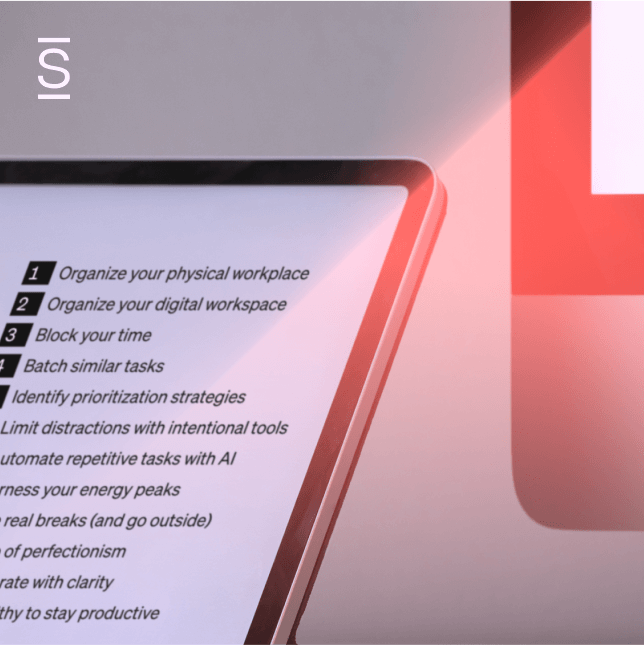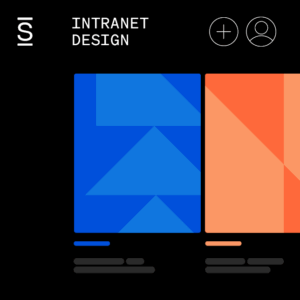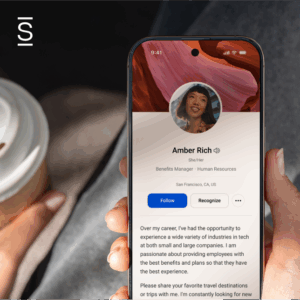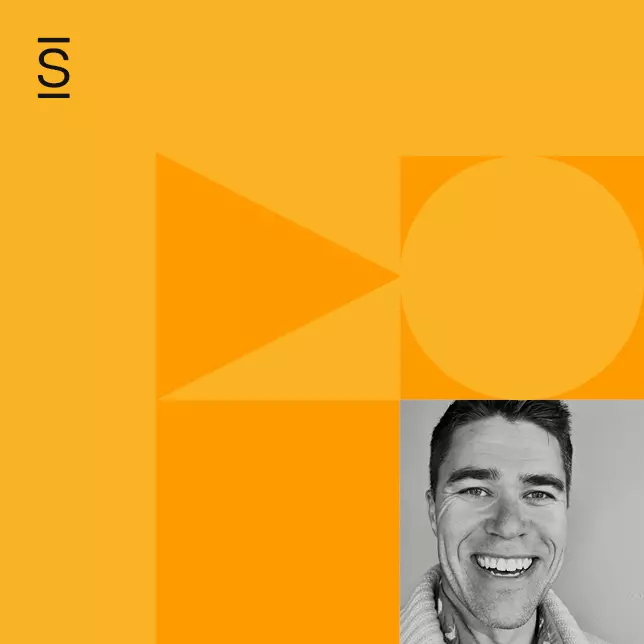Artificial intelligence (AI) has taken the workplace by storm, automating mundane tasks, parsing through big data in seconds, and streamlining countless processes — opening up an endless world of productive possibilities. So with AI in the mix, what does the future hold for the employee experience?
Simpplr’s Chief Insights Officer Jordan Katz takes a hard look at the future of employee experience (EX) in a recent episode of the Cohesion podcast. He discusses taking a human-centered approach to AI, the importance of personalized communications, analyzing diverse data sources to create a seamless EX, and much more.
Scroll down for key takeaways and listen to the full podcast for the full story!
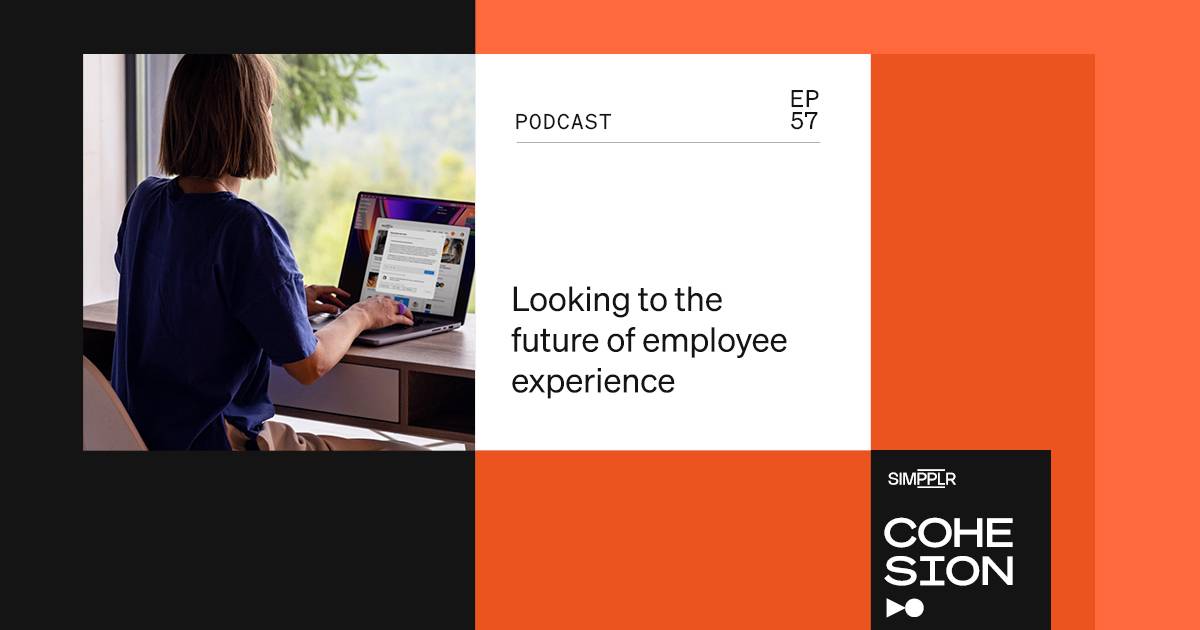
Employee experience encompasses more than engagement
It’s common to confuse employee engagement with employee experience, but Jordan says EX is much bigger than engagement — which is just one piece of the puzzle. He kicks off the podcast with a powerful perspective on employee experience that shapes the rest of the conversation and lays the groundwork for how organizations must approach EX-based initiatives.
“Employee experience is a combination of everything that occurs to and around employees,” Jordan says. “It’s more holistic than employee engagement. Employee experience is comprehensive — it’s about the interaction with technology, people, policies and even customers.”
By taking a holistic approach to EX, leaders can implement strategies that foster happier and higher performing employees — leading to tangible organizational outcomes like improved employee retention and revenue growth.
Related: Next in EX — Trends shaping employee experience
The future of employee experience: effective technology is an EX differentiator
Jordan explores the impact of technology on the employee experience throughout the conversation. The diversity of work models has magnified the impact of technology on EX. It’s increasingly influencing the employee ecosystem, “affecting their experience with work, peers and managers.”
One big takeaway is the importance of evaluating the effectiveness of the overall tech stack and looking for opportunities to consolidate. This can help reduce the tech overload that creates digital friction for employees — leading to frustration and reduced productivity.
70% of employees say it takes an average of four to seven apps to complete one HR task.
Technology can be an incredible resource for Human Resources, Internal Communication and other departments to improve the employee experience. But inefficiencies, even in a tech-forward organization, can create bottlenecks, decrease productivity, and create a poor experience for the workforce.
Related: Next in EX: Unifying employee experience technology
The role of AI in the employee experience
Jordan points out that AI has the ability to “do the busy and administrative tasks to free up people to do more strategic work” while also “giving organizations access to better information faster.” These benefits highlight the advantages of AI on the organization and ultimately, the employee experience.
AI-powered employee experience platforms like Simpplr can deliver a personalized employee experience with targeted communications, hyper-relevant search results, tailored support, and real-time sentiment analysis.
However, Jordan also addresses the challenges and fears surrounding AI in the workplace — urging organizations to approach AI’s role transparently. Leaders need to clearly communicate their strategy for integrating AI. “If you’re able to communicate to your employees about the way AI should be used within the organization, it can be an accelerator.”
A member of the Responsible Artificial Intelligence Institute, Simpplr believes that AI should assist people, not replace them.
When considering AI’s role within an organization and on the employee experience, Jordan advocates for a strategic, transparent and ethical approach.
Related: Next in EX: Investing in ‘AI for good’
Strategies for improving employee experience
Here are some practical takeaways from the podcast that can help pave the way to a brighter future of employee experience at your organization.
- Invest in artificial intelligence responsibly: AI can improve the employee experience by eliminating redundant and mundane tasks, automating employee support, personalizing content and more — but employees need assurance that AI is meant to enhance, not replace, their roles.
- Consolidate technology: Mitigate friction by unifying tools and platforms as much as possible.
- Give employees a voice: Foster a safe environment where employees feel valued and heard.
- Embrace flexibility and inclusivity: Develop a workplace that is accommodating to and accepting of different work styles and situations.
Related: Next in EX — Prioritizing employee experience
Subscribe to keep learning
Connect with Jordan on LinkedIn, and listen to the full podcast to learn more about the topics above and other critical elements shaping the future of employee experience. And subscribe to the Cohesion Podcast to hear from other internal comms, HR and IT professionals, providing structured, high-value, quick-hitting strategies and tactics.








